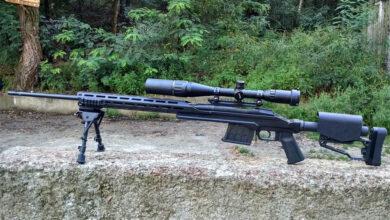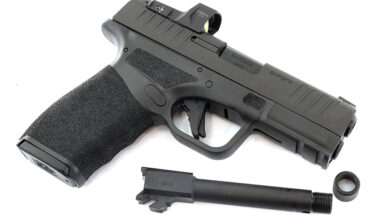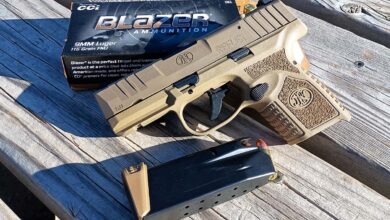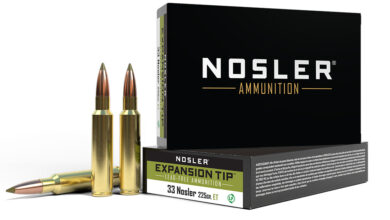Fixed Iron Sights: Still Viable or Outdated?
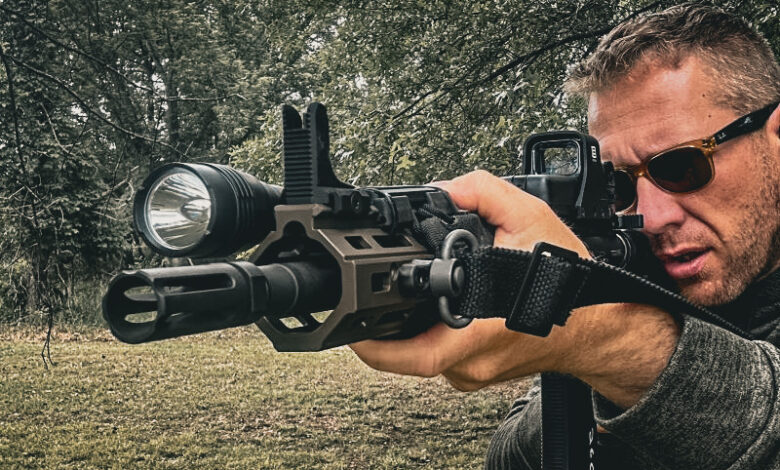
Back in the early days of the AR-15, iron sights were the only option. No one thought of anything else, and why would we? They worked great. Then, along came the big wave of red dots and electronic optics. This advancement has only increased our ability to shoot faster and more accurately. Shoot, even handguns are seen with red dot optics more than standard iron sights these days.
I can’t say I mind, either. I have even moved on to the larger enclosed emitter optics like the Aimpoint ACRO and Steiner MPS. So, is there any room left for iron sights in today’s optic crowded world? Those who want a backup to their red dot tend to go with flip-up sights. There’s nothing wrong with those; I use them on some of my rifles. But today, we are going to talk specifically about fixed iron sights.
I’ll admit I stopped using fixed iron sights more than a decade ago because I didn’t think they were relevant. Then, I responded to a call at work involving a suspect shooting at a deputy. We located the suspect in a field hours later and eventually approached him. Call it bad luck or a coincidence, but my optic cut out right as I was approaching the suspect.
Flipping up some backup sights sounds easy. In fact, I never even thought about it because it’s nothing more than pushing a lever. But it’s not as easy as it sounds when your adrenaline is going, it’s dark, and you’re trying to focus on an armed suspect while you’re moving.
Are fixed iron sights the solution?
My first reaction after that night was to sort out why my optic failed. Was it the battery, a faulty optic, or what? But as I thought about it, I realized this was a problem that was inevitable to arise. If an optic uses a battery, it can and will eventually die. One of the biggest things that changed my mind was a training video I watched of a former Navy Seal who deployed numerous times overseas.
When I glanced at the video, I noticed he had fixed iron sights on his rifle, along with his EOTech optic. This got my attention right away because I was still trying to find the best solution to my incident. In the video, he went on to explain that he uses fixed iron sights with his optic so he can always stay on target. Even if an optic fails, there’s no need to stop and flip sights up; you just keep on taking care of business.
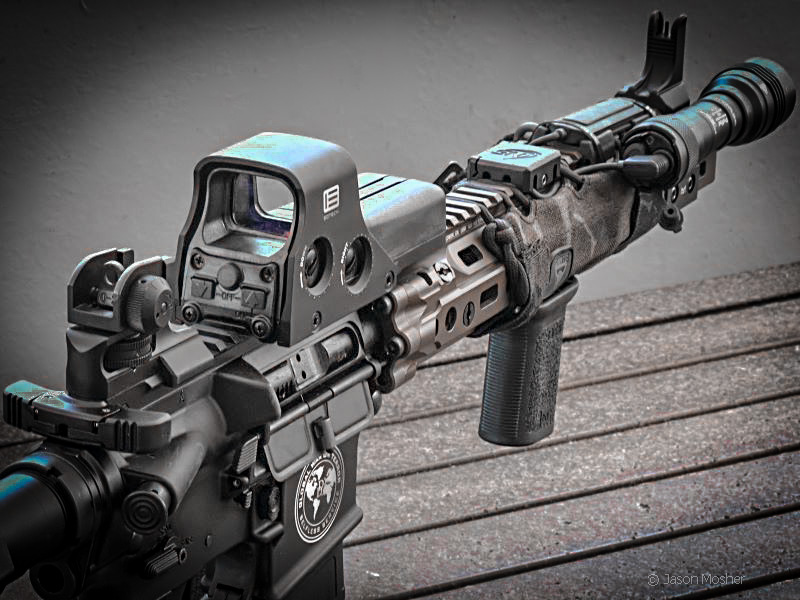
After watching that, I started doing more research on the idea of running both an optic and fixed iron sights. It didn’t take long to see that this was a highly debated topic. There are several groups of people when it comes to this subject. Some see no need for iron sights at all. Others insist on using flip-up sights, with Magpul MBUS being the most popular.
A third group uses fixed iron sights with their optics. Like anything else in the gun world, I’m a believer that there is no “one size fits all.” Most often, when I read about a subject with multiple viewpoints, I think they all probably work for some. So, this is not an argument for or against fixed or flip-up sights but simply something to consider.
Things to Consider
I like reading about tactics and ideas from other, more qualified people. If someone has been there and done that, why not listen to what they have to say, right? For years, my view of iron sights was that they are something old that has been replaced by something new. After hearing about others, mostly war veterans, who still use iron sights, I started paying more attention.
The most obvious reason for having a backup sighting system is having an optic fail. My battery was bad (I think), but other things can also go wrong. When you have fixed iron sights, you are already using them if your optic goes down. This removes that few-second delay of flipping up your backup sights and re-engaging.
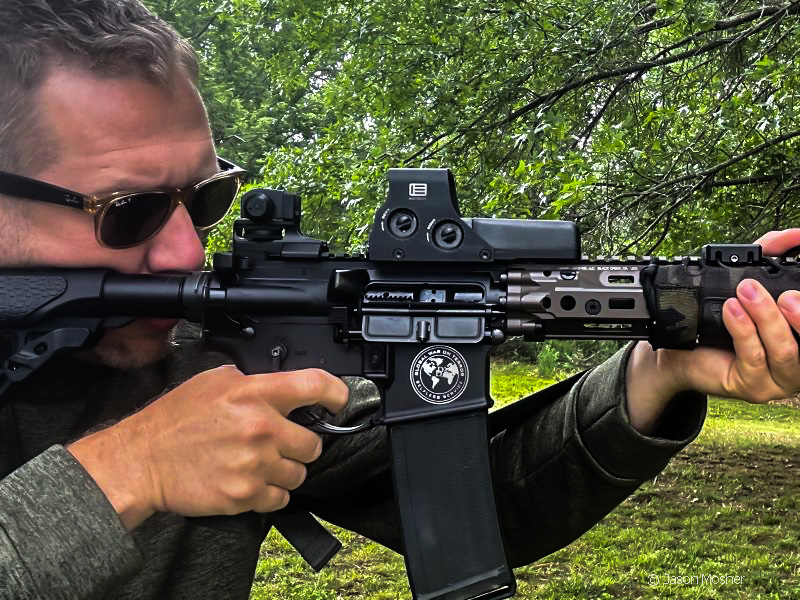
While even fixed iron sights are viewed as a backup method, they can be useful in aiding target acquisition with red dots. This may not be true for everyone, but I’ve found it helpful. Others may find the front post and/or rear sight get in the way of the dot. Some of this may depend on the type of red dot you use, and others may be on the shooter.
For home defense, this is a good option as it ensures you always have some type of sight when you grab your rifle. Many red dot optics have auto-on features, but verifying your optic is on during an emergency isn’t feasible.
What types of sights work for you?
Some will say only front sights attached to the barrel are worth using, and others will use rail-mounted front sights. Again, everyone has their own opinion, and you have to find what works best for you. Because I like free-float barrels, I use front and rear sights that attach to the Picatinny rail. Midwest Industries, Samsom, Troy, and Daniel Defense make great fixed front and rear sights.
Another option I’ve seen people use is a fixed front sight with a rear flip-up sight. This still improves your accuracy if your dot goes out while shooting. Flipping up a rear sight is faster than flipping up both during an incident. When setting up your sighting system, consider all your options, try a few of them out, and go with what works best for you.
The post Fixed Iron Sights: Still Viable or Outdated? appeared first on The Mag Life.
Read the full article here

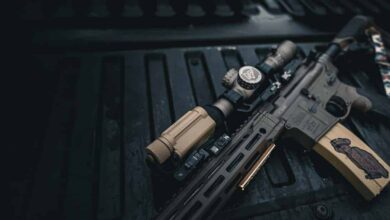
![Range Testing The New EOTECH Vudu X Series 1-6X Rifle Scope [VIDEO] Range Testing The New EOTECH Vudu X Series 1-6X Rifle Scope [VIDEO]](https://firearm-discounts.com/wp-content/uploads/2025/01/Tom-Vudu-390x220.png)
